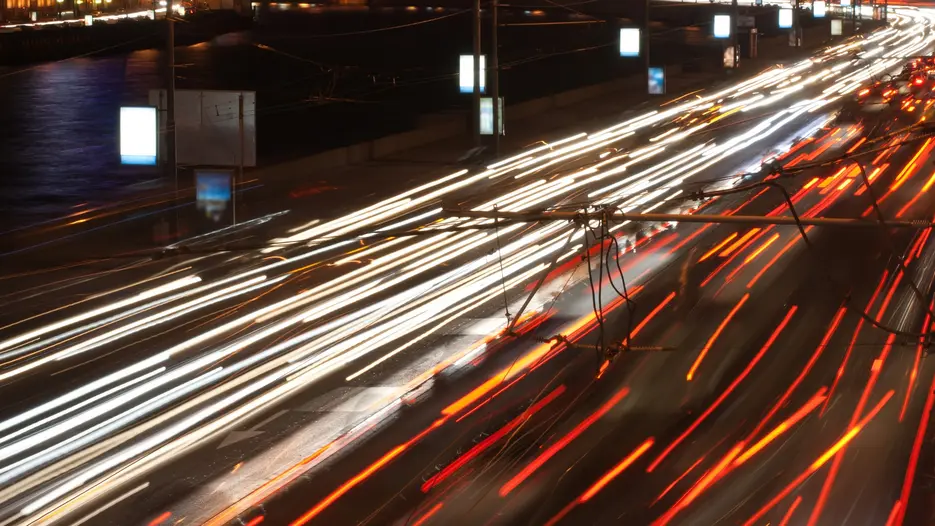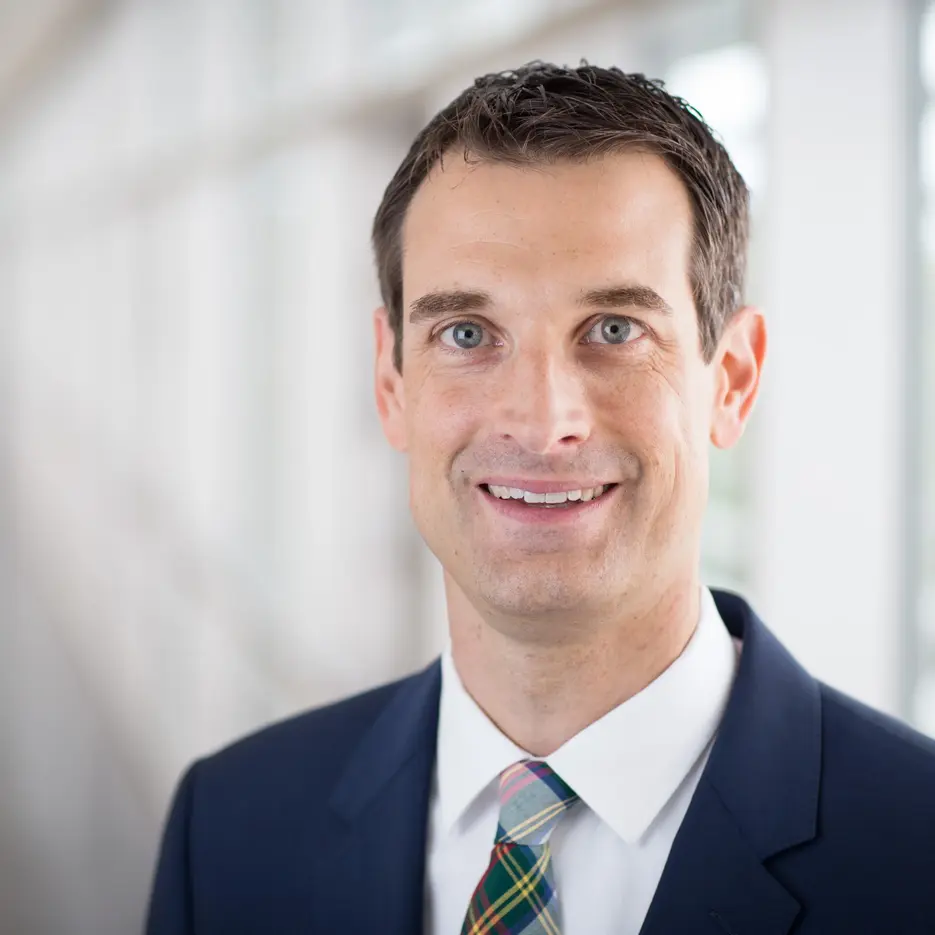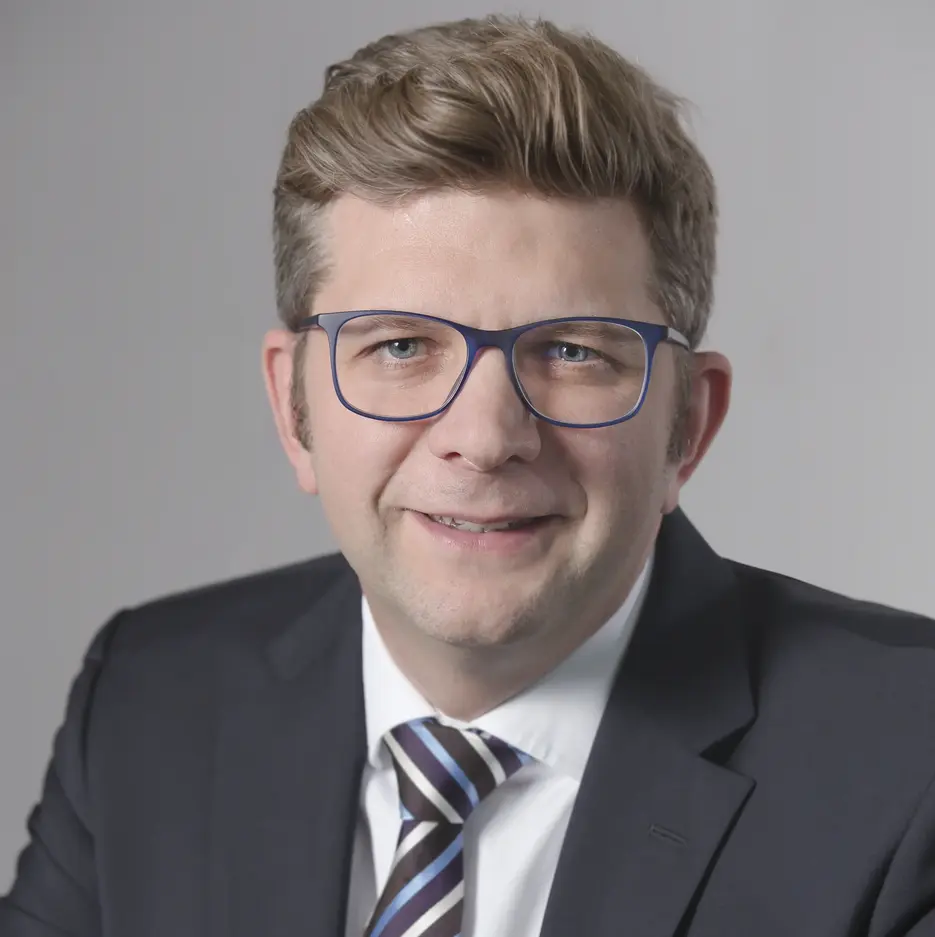What is the future of the way we move? This question affects all of us. New, innovative mobility concepts are being researched and tested in Ingolstadt. Sustainable mobility is a decisive location factor for the region and Bavaria. Together with the regional newspaper Donaukurier, the KU and the THI are addressing the issues involved by conducting interviews with experts from science and practice. The first interview is conducted with Harry Wagner, Professor for Automotive & Mobility Management at the Technical University Ingolstadt (THI), and Jens Hogreve, Professor for Service Management and Vice President of the KU.
Ingolstadt is developing into a center for the mobility of the future. How can we imagine traffic in the year 2050?
Jens Hogreve: The future of mobility will lie in networking. It will only work if we closely interlink the wide range of offers we know today. My idea is that in the future, an app will recommend whether I should take the bike or the car in the morning. And the KU and the THI are already working on corresponding solutions.
Harry Wagner: Yes, we will use several different means of transport for the way from A to B – we will be moving intermodally. An integrated public transport system will be the key. And the bicycle will become much more important.
What role do developments such as the "Urban Air Mobility" play in this context?
Wagner: Urban Air Mobility is very important for Ingolstadt as a location because we are involved in research and know-how is created in the region. But the people in Ingolstadt need not worry: In 2050, the sky will not be full of drones flying people around. Urban Air Mobility will be on display in the world's major cities, in Sao Paolo or Mexico City. In Ingolstadt, the major topic will be public transport that is networked with other modes of transport.
What about autonomous driving?
Wagner: It will still take quite some time until there will be autonomous driving in the final stage, where humans cannot intervene. I believe in autonomous shuttle buses – as already in use as a pilot project in Kelheim. In case of cars, services are becoming increasingly important: For example, if you want to go to Lake Garda over the weekend, you can book the autonomous driving function for an additional charge, and the car will take over the driving service. On Monday, however, you will drive to work yourself again. But we must never look at one mobility concept alone: Autonomous driving without eMobility, without connectivity, without intermodality or integrated public transport will not make a significant contribution.
Hogreve: Yes, we often still look too much at individual technologies and forget the solution we want to offer to the customer. Networking is the real key to success – for example between bus, car but also a child's school bag, which warns vehicles with a built-in sensor to increase traffic safety. At the same time, we have to think of mobility beyond the borders of a region. Currently, many regions have their own and isolated offers. In the future, we should integrate these more strongly on platforms – as is already being done in the Deutsche Bahn rail app to facilitate access to mobility opportunities.
Not only individual technologies will be changing, but the entire system. Does increasing complexity not lead to overwhelmed users?
Hogreve: The crucial question is whether we approach innovation from the perspective of technology or from the users’ perspective. If we involve those who use a service early on, we can improve the user experience and increase acceptance. At the same time, we should better explain what it means to use certain technologies. For example, when the question of what happens to my data arises in the end. Germany still has some catching up to do in this area.
Wagner: Mr. Hogreve is absolutely right. In the future, the topic of mobility will no longer be a product branch that is focused on the car. It will become a service industry. People have to be involved. Then, it can mean a significant relief.
New concepts for mobility today should also contribute to a more sustainable development?
Wagner: Absolutely. We have to take sustainability very seriously. Sustainability is still too often used as a marketing instrument. But we must also be aware that new technologies can lead to a so-called initial deterioration in the beginning before they mature and actually become sustainable. Innovations need a warm-up phase that can be tolerated if the long-term goal – sustainability – is achieved.
How are such developments accepted in the region?
Hogreve: In the context of the research project "SAVe", we asked citizens in the region what they expect from autonomous driving. Eighty-four percent assume that new technologies and thus also mobility concepts will improve their own quality of life. This is good news, as we often get the impression that people are not open towards this issue. However, quite the opposite is the case. New mobility systems can help us to live healthier lives and, for example, to have less stress in commuting.
The digitalization of vehicles and road users could also significantly reduce traffic jams and waiting times?
Hogreve: Yes, the high volume of traffic in cities – think of the Glacis Bridge in Ingolstadt – is a pressing problem. We will only be able to solve this if we expand bicycle traffic and public transport. In order to do so, we must also pay greater attention to people's mobility needs so that we can plan new systems based on existing data. This is where digitalization helps. In the research project mentioned above, a "digital twin" of the region was created with many partners, for example to simulate traffic flows. Like this, we do not have to build a bridge first to find out whether and how it will relieve the system. Technical possibilities are quite different today.
Wagner: On the one hand, you can change things on the supply side. That would mean building a bypass or a bridge. In my opinion, that is too much of a priority in traffic development. On the other hand, you can also work on the demand side: How do I get people into public transport or get more people into a car? According to surveys, people have less of a problem with carpooling and driving to work together in the morning. Acceptance is high here. The problem is the different interests after work. In Ingolstadt, a simple solution to the traffic jam on the Glacis would be to have cars drive on the middle lane in one direction in the morning and in the other direction in the evening.
What role does transport play in urban traffic?
Hogreve: The bigger problem in the city centers is actually delivery traffic. This calls for creative solutions that involve classic systems such as cargo bikes that require little parking space. A drone that delivers parcels will only be able to serve as a complementary means of transport to relieve the burden on city centers ...
Wagner: ... at the same time, there is the possibility that courier, express and parcel services will join forces in small distribution centers and then divide the city districts up among them. In the current system, recipients and businesses are supplied by several different service providers on a daily basis. This is neither economical nor sustainable.
Does digitalization contribute to greater road safety? And what does this mean for the security of our data?
Wagner: At the THI, we are working on the ‘Vision Zero’ in the "SAFIR" project – in other words, zero fatalities in road traffic. New technologies such as autonomous driving definitely make a contribution to this. As far as data handling is concerned, it must be ensured that external intervention in the system is not possible. Especially when talking about autonomous driving. Car manufacturers still have a huge challenge to overcome in this area. Who is liable if an autonomous car is involved in an accident? The driver, who is actually only a passenger, or the manufacturer of the autonomous system?
Hogreve: At the same time, many citizens are concerned about what happens to their data. The networking of services depends very much on whether people are willing to share their data. It is therefore essential that providers ensure that data is protected – otherwise many will not use these services.
Is Ingolstadt ready to face the new challenges?
Hogreve: In Ingolstadt, those responsible have recognized very early on how mobility can be developed further. The THI has great expertise in this area. On the part of the KU, for example, we can supplement this very well with ethical questions, service and logistics concepts or acceptance studies. This is an almost unique situation. With considerable political and financial support. However, the issue must be approached seriously if we want to become a model region for networked mobility, which might then serve as a role model for other regions.
Wagner: I am equally optimistic. Ingolstadt entered the field of Urban Air Mobility, 5G and Artificial Intelligence some time ago with new institutes and start-ups that were particularly established for that purpose. The city is very well equipped for the future. But now we have to go full steam ahead and deliver results. And we cannot ignore the present because of all the thoughts about the future: There are already mobility concepts that are easy to implement, relatively cost-efficient and have a high impact – like the lane change on the Glacis bridge. We also have to think about the people who already need to be mobile today.
Interview: Thomas Metten, Georg Schulz
On November 20, the "Future Forum Mobility" will be held at the THI as part of the knowledge transfer project "Mensch in Bewegung”. The event is aimed at representatives from science, the economy and politics as well as all interested citizens. The aim is to discuss the mobility of the future together and to pool needs and solutions.


